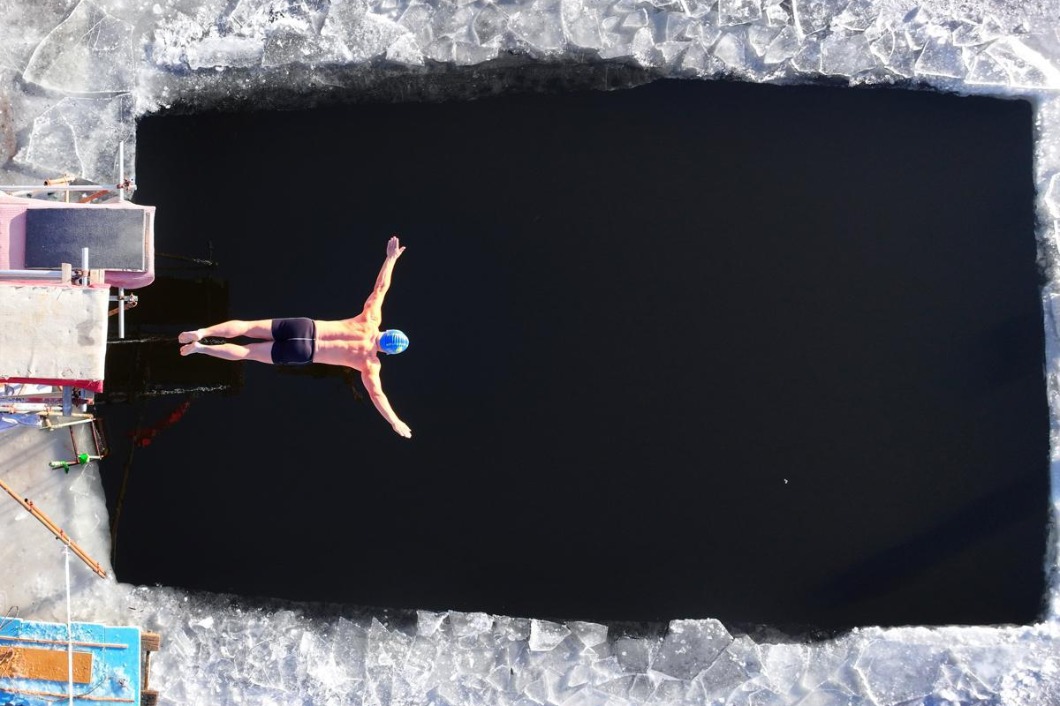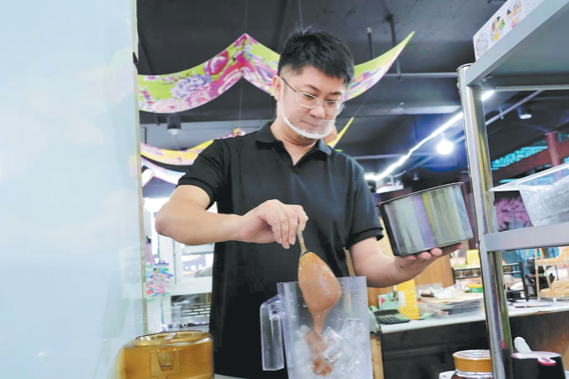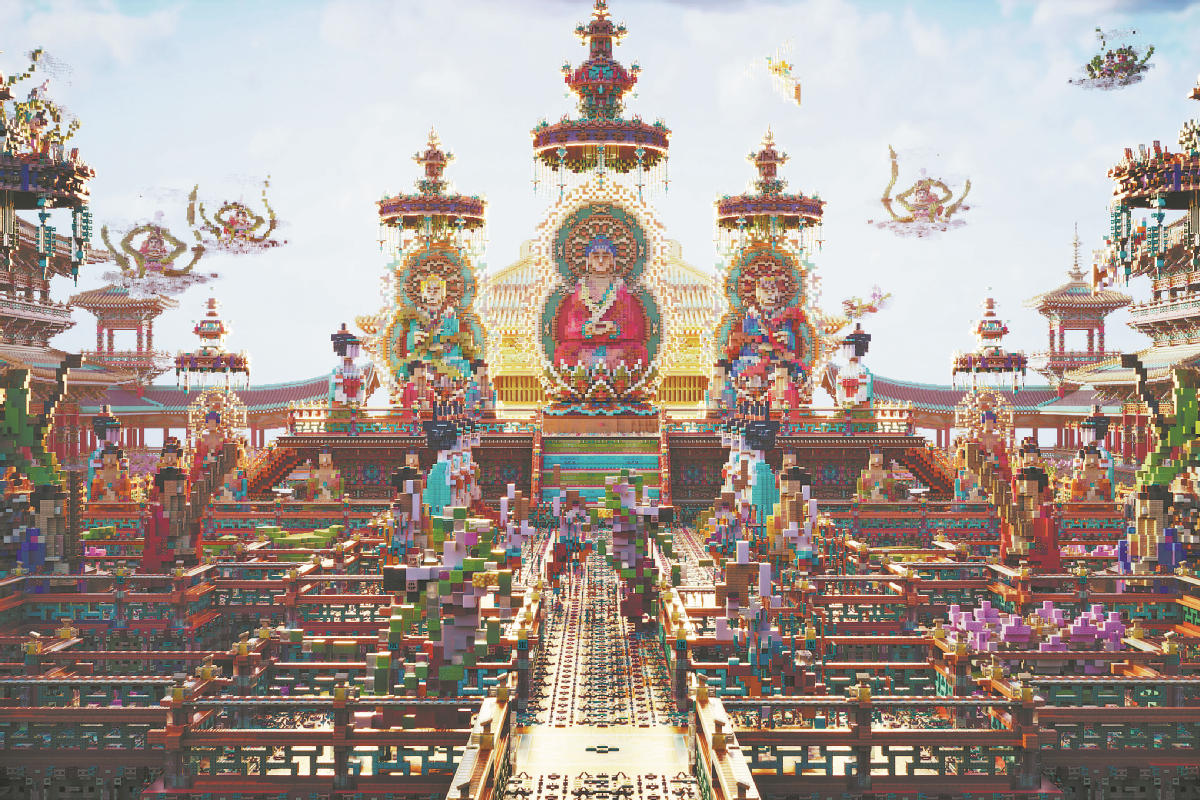Chinese scientists use domestic satellite to conduct light pollution research

BEIJING -- Chinese scientists have conducted nighttime light pollution research using a domestically-produced remote sensing satellite, according to the Chinese Academy of Sciences (CAS).
Scientists from the Institute of Remote Sensing and Digital Earth of the CAS assessed the potential of using Luojia-1 nighttime light imaging to measure artificial light pollution.
Luojia-1, a scientific experiment satellite, was sent into space on June 2 this year. Its spatial resolution reaches 130 meters.
Compared with ground-based measurements, nighttime light remote sensing is able to acquire larger-scale and higher quantities of artificial lighting data.
The scientists found that Luojia-1 can detect a higher dynamic range and capture the finer spatial details of artificial nighttime light.
Excessive lighting in the cities can cause light pollution which has negative effects on animal behavior, human health, the ecological environment, and astronomical observations. Light pollution is highly related to the economic development.
The averages of the artificial light brightness differed across various land use types. The brightness of the artificial light pollution of airports, streets, and commercial services was high, while dark areas include farmland and rivers.
- Innovation sustains Beijing's winter crayfish palate
- Chinese research named among Physics World's top 10 breakthroughs of 2025
- Taiwan's ban of mainland social media app a case of political manipulation: spokesperson
- Five people face charges over deadly school fire in Henan
- Mainland to help Taiwan businesses seize development opportunities: spokeswoman
- China creates over 12 million new urban jobs in the first 11 months





































